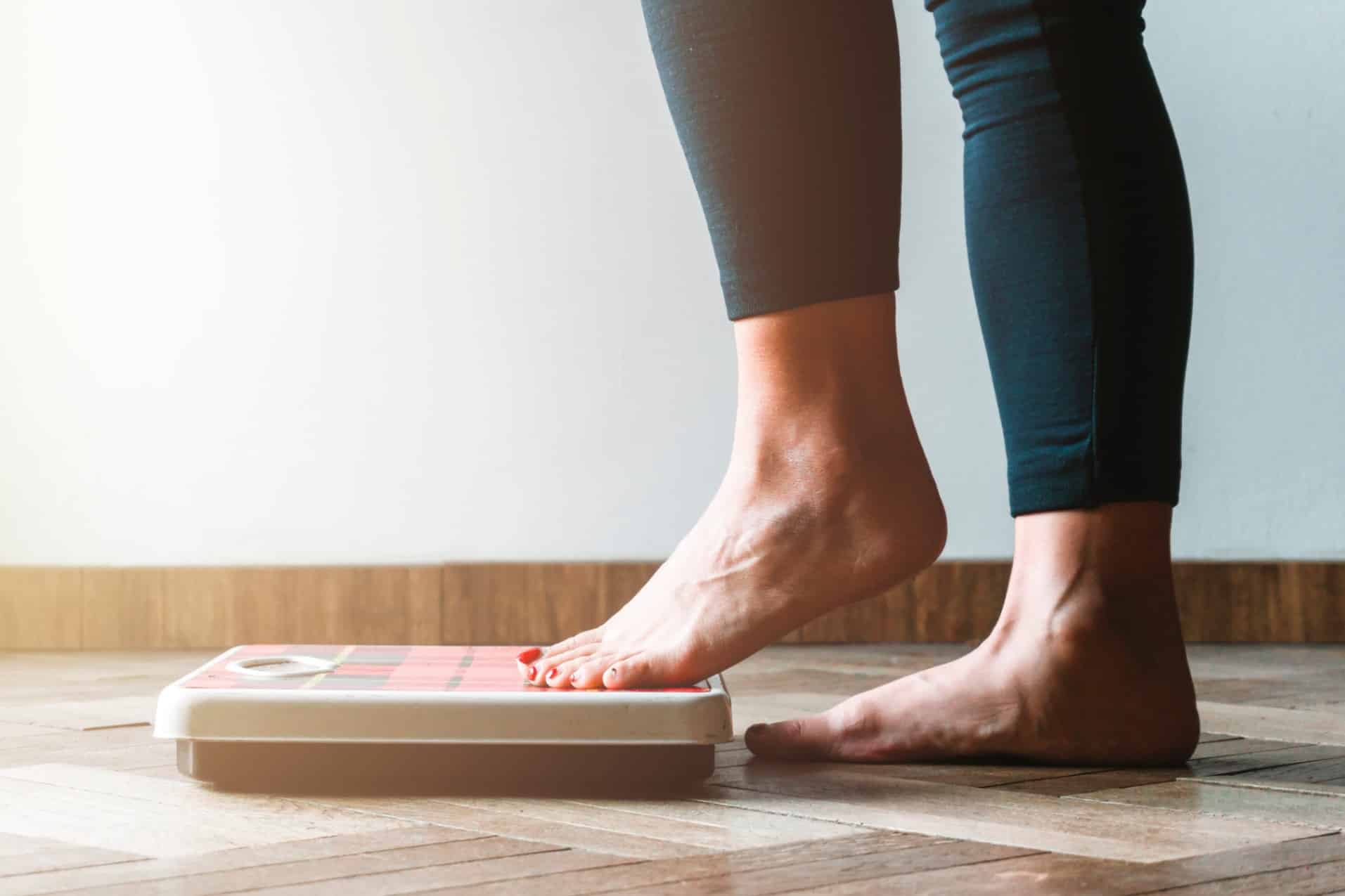How to Lose Weight: A Step-by-Step Guide
Contents
Losing weight can be challenging, but it’s not impossible. With some determination and lifestyle changes, anyone can reach their weight loss goals. This comprehensive guide provides tips and strategies to lose weight in a healthy, sustainable way.
Clarify Your Weight Loss Goals
The first step is defining your weight loss goals and motivations clearly. Ask yourself:
- How much weight do you want to lose? Set a specific and achievable target.
- What’s your timeframe? Set both a short-term and long-term goal.
- Why do you want to lose weight? Tie your reasons to goals like improving health or feeling more confident.
Understanding the “why” keeps you focused and motivated through the process. Also be specific on the number of pounds or kilos you want to lose and your target dates. This quantifies your goals and ensures your plan stays on track.
Calculate Your Calorie Needs
To lose weight, you need to eat fewer calories than you burn through activity. First calculate your daily calorie needs for weight loss:
- Determine your basal metabolic rate (BMR) using an online calculator. Your BMR is the minimum energy needed at rest.
- Adjust this number by your activity level, between sedentary and extremely active, to estimate your total daily energy expenditure (TDEE).
- To lose weight, subtract 500-1000 calories from your TDEE to lose about 1-2 pounds per week in a healthy way.
Tracking calories and staying in this deficit is key for weight loss. Calories in food can be checked through labels, menus, or apps like MyFitnessPal. Don’t cut calories too drastically, as this causes muscle loss and metabolic slowdown.
Improve Your Diet Quality
Creating a calorie deficit drives weight loss, but diet quality also matters. Follow these diet tips:
- Emphasize lean protein like chicken, fish, eggs, and plants to help retain muscle while losing fat. Shoot for 0.7-1 gram of protein per pound of body weight.
- Fill up on fiber from vegetables, fruits, beans, lentils, and whole grains. Fiber is filling and improves gut health.
- Limit added sugar, refined carbs, and unhealthy fats which are high in calories but low in nutrients.
- Drink plenty of water. Sometimes hunger is disguised thirst.
- Moderate alcohol intake as those calories add up.
Focusing on nutritious whole foods over processed items supports weight loss and provides vitamins, minerals, and energy for your body.
Increase Your Physical Activity
Exercise and moving more aids weight loss in three key ways:
1. Burns Additional Calories. Exercise creates a larger daily calorie deficit for faster weight loss. As little as 20 minutes a day can make a difference.
2. Builds Muscle Mass. Strength training helps retain muscle as you lose fat so your metabolism stays up. More muscle means you can eat more calories.
3. Boosts Energy Expenditure. Your body burns extra calories after exercise repairing muscles and recovering. This afterburn effect further increases your calorie burn.
Here are tips for getting active:
- Choose exercises you enjoy like walking, biking, swimming, or dancing and work up to 150 minutes per week.
- Incorporate strength training days 2-3 times weekly to build metabolism-boosting muscle.
- Take more movement breaks like short walks, using the stairs, or doing desk exercises.
- Reduce sedentary time from things like TV watching or sitting at a desk for long periods.
Getting into an active lifestyle, versus short-term exercise routines, leads to long-term weight management. But don’t overdo it. Too much exercise can fatigue you and increase cravings.
Make Behavioral Lifestyle Changes
Finally, several lifestyle habits impact weight loss success including:
- Getting Enough Sleep: Those who sleep 7-9 hours nightly lose more weight and keep it off versus poor sleepers (1).
- Managing Stress: Chronic stress increases cortisol which causes fat storage. Try meditation, yoga, or talking therapy.
- Tracking Habits: Use a food and exercise journal to stay accountable to your goals. Apps help automate logging.
- Planning Ahead: Meal prep and have healthy snacks on hand to prevent impulse eating.
- Seeking Support: Share your goals and progress with a friend, group, or expert for motivation.
Remember that slip ups happen. Don’t beat yourself up. Just get back on track at the next meal or day. Consistency over the long haul leads to weight loss success.
Putting it All Together
Losing 10, 20, 50 or more pounds requires dedication and lifestyle changes. But taking it step-by-step makes it more manageable. Here’s a recap of the weight loss process:
1. Set specific weight loss goals you want to achieve in both the short and long-term.
2. Calculate your calorie needs and create a daily calorie deficit of 500-1000 calories through diet and exercise.
3. Follow a nutrition plan focused on lean proteins, produce, whole grains, and healthy fats.
4. Incorporate strength training, cardio, and daily movement to burn more calories.
5. Develop habits around sleep, stress, planning, and support for weight loss.
6. Stay consistent tracking calories, weighing yourself, and recording workouts to stay on track.
7. Stick with it! Small slip ups are normal. Just get back on track at the next meal or day.
With determination and commitment to making healthier long-term habits, anyone can lose weight and keep it off. Remember to lose weight at a safe pace of 1-2 pounds per week and consult a doctor about developing a customized plan.
Conclusion
the journey to sustainable weight loss is a holistic process that necessitates a proactive and personalized approach. It involves making lifestyle changes that promote balanced nutrition, consistent physical activity, and mindful habits. Here are the key takeaways for embarking on a successful weight loss endeavor:
Firstly, adopt a nutrient-rich diet that focuses on whole foods such as fruits, vegetables, lean proteins, and healthy fats. Avoid processed items and refined sugars, and instead concentrate on portion control and satiety-promoting foods. Understanding your calorie needs and creating a slight deficit through balanced meals is essential to initiate fat burning without compromising health.
Secondly, integrate regular exercise into your routine. This could range from daily brisk walks to structured workouts, including strength training and cardiovascular exercises. Not only does this help burn calories but also builds muscle mass which can boost metabolism and overall fitness levels. Remember, consistency trumps intensity; choose activities you enjoy and can maintain in the long run.
Thirdly, prioritize sleep quality and quantity. A lack of restorative sleep can disrupt hormones responsible for hunger and satiety, increasing cravings and leading to overeating. Set up a consistent sleep schedule and create a relaxing bedtime routine to support your body’s natural recovery processes.
Lastly, remember that every individual’s journey to weight loss is unique, influenced by genetics, current health status, and personal preferences. Seek guidance from healthcare professionals, registered dietitians, or certified trainers to tailor your plan according to your specific needs and goals. Regular progress tracking and adjusting strategies based on results are crucial for maintaining momentum and motivation.




